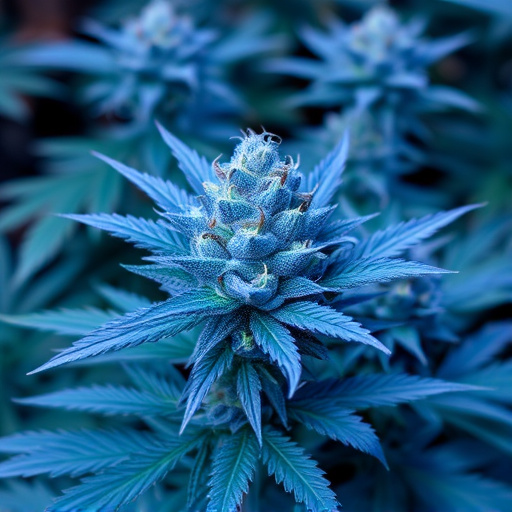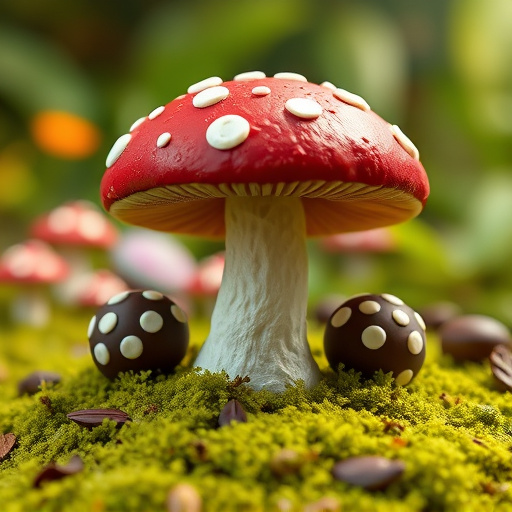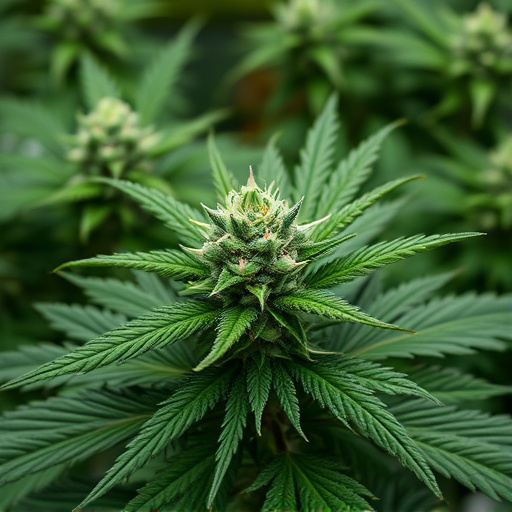Cultivating high-quality sativa cannabis strains requires a meticulous approach focusing on environmental control, nutrient management, and pruning techniques. Optimal conditions include ample sunlight or artificial lighting, daytime temperatures of 80–90°F (27–32°C), and slightly cooler nights, with humidity maintained between 40% and 60%. Balanced nutrient solutions, organic matter, and compost enhance soil fertility, while proper pruning methods like the Screen of Green (SOG) optimize light exposure, encouraging dense, flavorful buds. This ensures top-tier sativa cannabis strains known for their energizing effects.
Discover what sets high-quality cannabis flower apart in this comprehensive guide. From cultivation practices to aging techniques, we explore the key factors that ensure optimal purity and potency. Learn about the environmental conditions, soil care, and harvesting methods that shape the final product. Dive into the art of curing cannabis, understanding its impact on terpene profiles and why it’s crucial for achieving desired effects. Additionally, we dissect the unique characteristics of sativa cannabis strains through terpene analysis, cannabinoid content, and visual inspections, providing insights to help you select premium sativas.
- Cultivation Practices for Optimal Quality
- – Environmental factors: Light, temperature, humidity
- – Soil and nutrient management
Cultivation Practices for Optimal Quality
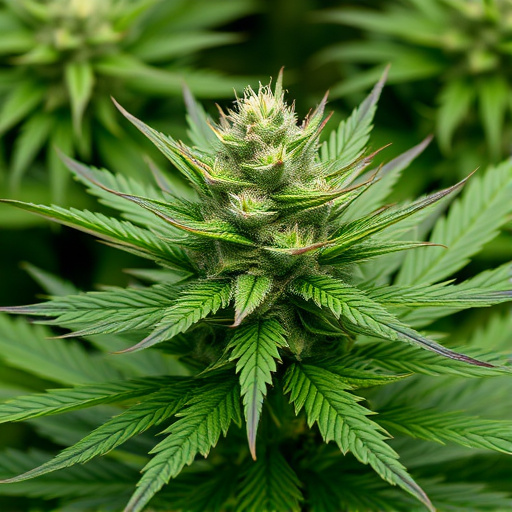
Cultivating high-quality cannabis requires a meticulous approach, and for sativa cannabis strains, specific practices can enhance their overall excellence. The environment plays a significant role; optimal growth conditions include ample sunlight or artificial lighting designed to mimic natural spectra, ensuring plants receive the right balance of light intensity and duration. Temperature control is also critical; most sativas thrive in warmer environments, with day-time temperatures around 80–90°F (27–32°C) and slightly cooler nights. Humidity levels should be carefully monitored, typically maintaining between 40% and 60% relative humidity to prevent mold while allowing for healthy growth.
Nutrient management is another key aspect. Using a balanced nutrient solution tailored to sativa needs, with careful monitoring of pH levels, ensures plants receive the right amounts of essential minerals. Organic matter and compost can also be incorporated into the growing medium to enhance soil fertility and promote robust plant development. Proper pruning and training techniques, such as the Screen of Green (SOG) method, optimize light exposure and encourage dense, flavorful buds—all contributing factors to producing top-tier sativa cannabis strains.
– Environmental factors: Light, temperature, humidity

The environment in which cannabis plants are grown plays a significant role in determining their quality, especially for desired sativa cannabis strains known for their invigorating and cerebral effects. Light, temperature, and humidity levels all contribute to the plant’s overall health and the production of various cannabinoids and terpenes.
Optimal light conditions, typically ranging from 18-24 hours per day during the vegetative phase, encourage robust growth and dense foliage. Consistent and adequate lighting promotes the synthesis of THC (tetrahydrocannabinol), one of the primary compounds responsible for the plant’s psychoactive properties sought after by many users. Meanwhile, maintaining a balanced temperature between 65-80°F (18-27°C) supports efficient photosynthesis and prevents stress to the plants, leading to higher quality buds with desirable flavors and aromas. Humidity levels should be carefully controlled, generally keeping them between 40-60%, to ensure ideal conditions for both indoor and outdoor cultivation, fostering an environment where sativa strains can thrive and reach their full potential.
– Soil and nutrient management
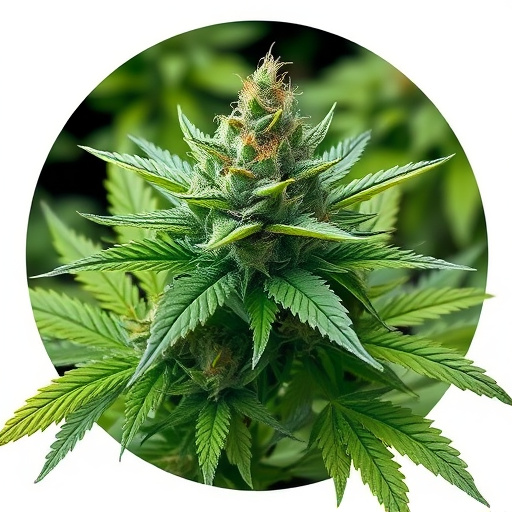
High-quality cannabis flowers are crafted through meticulous care and precise cultivation techniques, beginning with soil and nutrient management. The foundation for a robust sativa cannabis strain starts in the earth. Rich, well-draining soil that is balanced in pH levels ensures plants receive the essential nutrients they need to thrive. Organic matter, such as compost or humus, adds vital trace elements and improves soil structure, promoting healthy root development.
Nutrient management plays a crucial role in shaping the final product. Fertilizers should be chosen carefully, with an emphasis on organic options that deliver macronutrients (NPK) in balanced proportions. Over-fertilization can lead to excessive growth and lower THC levels, while under-fertilization may result in stunted plants. Monitoring nutrient levels and adjusting feeding schedules accordingly ensures optimal cannabinoid production, contributing significantly to the overall quality of the final cannabis flower.
High-quality cannabis flowers are a result of meticulous cultivation practices. By carefully controlling environmental conditions, such as light, temperature, and humidity, growers can ensure optimal growth. Additionally, proper soil preparation and nutrient management play a pivotal role in developing vibrant, potent sativa cannabis strains. These factors collectively contribute to the overall potency, aroma, and desirable effects sought by consumers.



